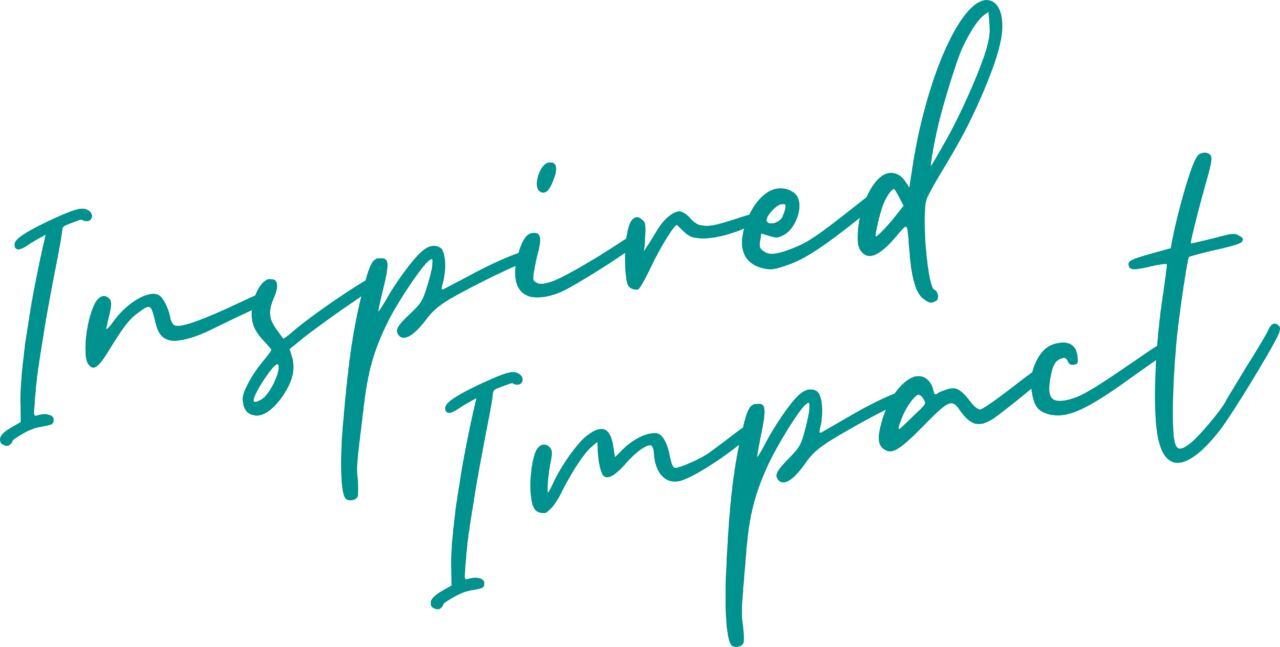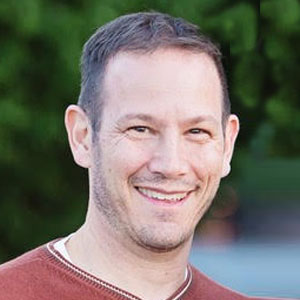
Interviews with purpose-driven leaders who are dedicated to helping others and making a positive impact in the world.
March 21, 2023
Ray Merenstein | NAMI Colorado
TELL US, WHO ARE YOU AND WHAT DO YOU DO?
Hi, my name is Ray Merenstein and I am the executive director of the Colorado chapter of NAMI – the National Alliance on Mental Illness. Our mission is to build communities of recovery and help by educating, supporting, and advocating for individuals and families affected by mental illness.
HOW DID YOU GET HERE?
My journey goes back to when I earned my master’s degree in public relations at the University of Florida and went straight to Washington, D.C. to work for a lobbying firm to double funding for medical research. I was involved across the spectrum of healthcare which included places like the National Institute of Mental Health. I eventually came to work at the newly built Children’s Hospital of Colorado as vice president of their foundation. I fell in love with fundraising so much that I started my own communications firm. Through that, I started getting more and more clients in the healthcare space. One day during COVID the opportunity to be the part-time executive director of NAMI Colorado came along. It was the perfect time to do it when we, my family, were all under one roof. We were realizing the strain of mental health just in our own family. That was two years ago last month. If I can articulate the importance of advocacy, education, outreach, and policy in the NAMI space, I can get people talking about it and bring the experts to the table.
WHAT DO YOU STAND FOR? WHY IS THIS WORK IMPORTANT TO YOU?
I stand for community. Whether you look at my Jewish background, or attending public schools, or the nonprofit arena, all of those are about community. Each has certain values embraced by a particular community. Even my first internship was with the American Academy of Pediatrics, with a focus on giving a voice to the voiceless. I think it’s considering those individuals who might not have time, treasure, or talent, so they are scared to speak publicly. How can we empower the people who need the services the most to have the loudest voice?
WHAT IMPACT ARE YOU MAKING?
One of the most beautiful things is when someone says “NAMI saved my life.” It may not necessarily be literal, but there is an ability to go from what seemed like a hopeless situation to one full of hope. It’s a personal testimony that is the true impact. When I hear more individuals talking about what an organization’s sense of belonging has, that’s the best impact for me. Data and metrics are important, but if we really want to be at the heart of it, we have to get to the person’s story.
WHAT (OR WHO) INSPIRES YOU TO DO THIS WORK?
My mom was a public school teacher for 24 years, and my father was a neonatologist in the Army. When I think about their careers and how they mentored so many others throughout their professions, that really inspired me. I aspire to be humble and at the same time show confidence so that those who come after me are inspired by my work, and inspired to continue with people after them. We all play this role that we have to give as much as we can to be part of the solution. My entire family saw my mother and father digging into their arena and making a difference, and that has impacted our lives.
Additionally, there was a gentleman, Paul Rogers, who was a congressman representing Florida back in the 1970s. I had the pleasure of having him on my board at Research!America when I was in Washington, D.C. I remember walking the halls of Congress with Chairman Rogers. He would literally stop, look someone in the eye, ask them their name and ask them what they did. It could be someone on the custodial staff or it could be a new senator. The reality is that we should be taking the time to learn someone’s backstory and give them eye contact, in particular those who are homeless, so we don’t pass judgment on them. Inspiration really came from watching Paul Rogers be a nonpartisan, friendly, and effervescent legislator as well as a gentleman.
WHAT’S YOUR VISION, YOUR BIG DREAM FOR THE IMPACT YOU WANT TO MAKE?
It is such a powerful question. It’s hard to quantify, especially right now, how pervasive the challenges are with our mental well-being. Educators now feel they have better resources, and parents have a better understanding early on to prevent or intervene so children don’t go from general anxiety or depression to suicidal ideation or bipolar disorder. We can say that the more people we educate, the more people who are aware, and the more who destigmatize mental illness, we’ll be able to literally have the support to embrace people with a mental health hug. We want to eliminate the barriers of cost, transportation, and culture. In the Black community, Latino community, and Asian American community we don’t talk about mental health and we need to change that. We’re working with underrepresented communities and clergy so they’re not afraid to discuss it. My hope is that literally no matter where you are, you can touch a resource that will help navigate the mental health space that’s out there.
WHAT CHALLENGES ARE YOU FACING?
The biggest challenge is that we built it wrong. We had all of the Legos and as we started to build, we didn’t know whether to build out, up, or across every cell. Now we’ve realized we need to lock the Lego tower down. In Colorado, that means we created a behavioral health administration to help in the care and coordination of 14 other agencies that touch the mental health arena. If we can instead have an epicenter from the state based on mental health, and use that model for different communities, we have government bodies that can work with these different communities. What’s gotten in our way is the stigma of mental health and access to those in the workforce. There just aren’t enough people in the field. If we can train more peers and get more people of color going into psychology, psychiatry, and social work, we’re going to begin to knock some of those barriers down.
WHAT’S ONE THING YOU WANT PEOPLE TO KNOW ABOUT YOUR CAUSE AND/OR THE WORK YOU’RE DOING?
Everybody has a story to tell. If we better understand what would make a difference for them, we can take that piece of the puzzle and align it with other pieces. We cannot assume that a magic wand is going to be waived and that we’re going to solve all the ills with mental health. If people are willing to be patient but diligent and willing to share common needs, we can do this. We cured polio, we got through smallpox, we discovered a shingles vaccine – there’s an amazing ability in medicine to work through barriers when we put our minds to it. I love the fact that March of Dimes could have gone out of business when polio was cured. Instead, they realized they could change their focus to a premature birth defect issue. We’ve got to be patient. We need to begin with a specific population, then start broadening those concentric circles. We’re going to get to everybody, but we can’t get to everybody in one fell swoop.
DO YOU HAVE A FAVORITE QUOTE OR WORDS OF INSPIRATION TO SHARE?
I am in love with the Broadway musical “Pippin.” There’s a song “Corner of the Sky” and the line, “Everything has its season, everything has its time. Show me a reason and I’ll show you a rhyme.”
It’s a vision that I’ve got my corner of the sky and I’m trying to change mental health where I am. Part of this is recognizing that if we’re not getting to something right now, let’s keep searching for it. There is a reason, there is a rhyme, and everything does have a season. If everyone within this particular mental health arena can find their own corner of the sky, that’s a massive place where we come together and shine as all the stars do.
HOW CAN OTHERS SUPPORT YOU OR YOUR CAUSE?
If you have a story to tell, go to NAMI.org and you can apply to blog with them. They are looking for stories to be shared. On NAMIColorado.org, click the advocacy button and you can be part of our Colorado Advocacy Network. Then you’ll receive alerts about reaching your state representatives and senators.
Also, know there are resources on NAMIColorado.org or NAMI.org, and be willing to search for something that speaks to you. Some people can’t afford a therapist, but there are sites on the NAMI website to help access therapy if you don’t have the financial means.
We also need people willing to donate either time, talent, or treasure. The treasure is our budget, which makes all of our programs free to others. If you want to pay it forward, make a donation on NAMIColorado.org. Donations go directly to our programs. If you have the time, tell your story. Or if you have the talent to be a speaker, you can sign up for one of our training programs and learn how to be a voice or silent speaker. There are a lot of ways to get involved.
Last, visit NAMIWalks.org/Colorado, you can sign up to be a participant for a team or a sponsor for our NAMI Walks on May 13.
At Orapin, we believe those who are working for the greater good should be known, supported, and celebrated. We help purpose-driven organizations launch or up-level their PR program by giving them the strategy, resources, and support they need to increase awareness and expand their impact. If would like to be featured in INSPIRED IMPACT™, reach out to hello@orapin.co.


